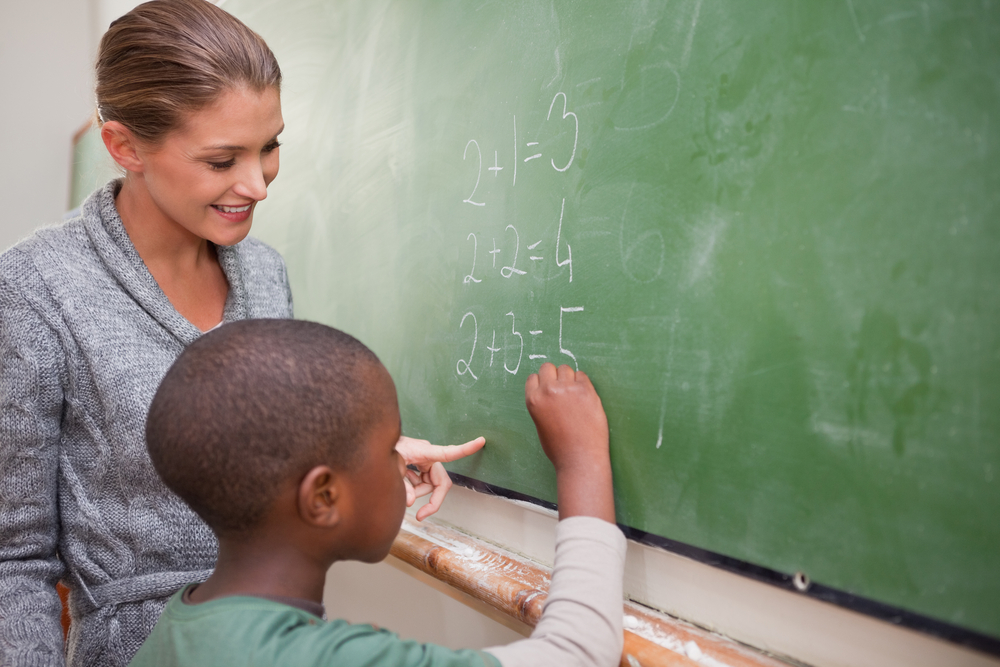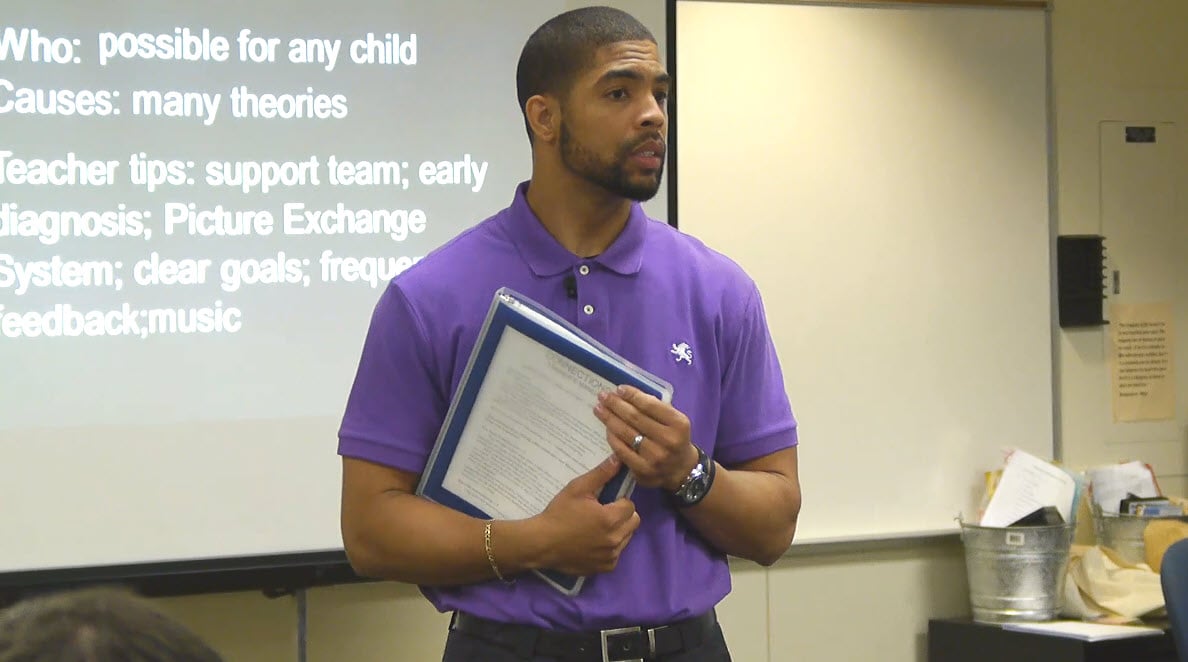



If you’re looking for a career where you can make a difference, special education teachers play an important role in many children’s lives.
What is a special education teacher? A special education teacher works with students who have a variety of disabilities. Special education teachers typically work with and instruct kids in grades preschool through 12th who have mental, learning, emotional or physical challenges.
Special education teachers serve a vital role in a school district, providing the extra support children need to learn and thrive. In Texas, the number of students in special education classes has grown 37.59% since 2013, according to the Texas Education Agency. Special education students make up roughly 11.3% of the pre-to-12th grade student population.
If you’re thinking about transitioning to a career in special education, we’ll take a closer look below at how a special education teacher works with students and what you can do next to become one.
There are many different types of students who receive special education services. A special education teacher works with children with a variety of individual differences that make it more difficult for them to learn unassisted in a general classroom.
While special education teachers work in both public schools and private schools, who they work with entirely depends on the students’ disabilities. For example, in some cases, a special education teacher may work with a student who has a physical disability such as severe visual impairments. This student may require assistive technology to learn.
Other students may have learning disabilities and need more individualized support and accommodations.
While every child is unique, the U.S. Department of Education's IDEA breaks disabilities into 13 categories:
Important note: Certain categories that the average person might think of as one disability are separated on this list. For example, deafness and hearing impairment have their own categories. Even though we might use these terms interchangeably in everyday speech, these require very different interventions for children with disabilities in a special education setting.
Special education programs aim to provide each student with the level of support they need while keeping them as included in general classroom activities as possible. For this reason, working with these children usually involves a combination of:
in general classroom activities as possible. For this reason, working with these children usually involves a combination of:
In Texas, an estimated 65% of students in a special education program spend 80% of their day in the regular classroom, according to a report that takes a closer look at special education programs in the state. These students are often pulled out of non-core classes a few days a week to receive extra reading, writing, and math tutoring.
Each student's individualized education program (IEPs) determines the exact mix of general and specialized education. This is a plan developed by a committee of educators, social workers, experts and the student's parents to promote this student's progress from year to year. Once educators develop individualized education programs, they are updated each year after assessing students’ progress.
A special education teacher has many roles in helping implement these IEPs. Here are just a few of the activities you may do each day:
Special education teachers should be organized, observant and truly curious about human behavior. No two days or two children are ever the same.
Some people realize that they want to dedicate their lives to helping special ed kids in this vital role straight out of high school. They go to college and enter a bachelor's degree program in special education.
Others realize later in life that they have a passion for it, perhaps after working with a family member or neighbor with special needs. This may require a career change.
The good news is that you have options. If you already have a bachelor's degree in another area, you can apply for an Educator Preparation Program, which is also called an alternative teacher certification program. This type of program offers you a path toward certification by enrolling in online or in-person courses or a combination of both.
Once you enroll in a teacher certification program, the next steps toward certification include:
A special ed teacher plays a vital role in the Texas education system. You're in a position to help students overcome challenges, discover their strengths and live their best lives.
Our article, Best Online School For Teaching Credential: 5 Program Musts, shares what to look for in a top program to learn more about the role a teacher preparation program plays in your journey.
Topics: Becoming A Teacher, Teacher Training
Micah is the Director of Curriculum & Technology. He holds a Bachelor of Arts in British Literature, from the University of North Texas and a Master of Arts in Teaching, from Louisiana College. In his previous career, Micah served for 14 years as a banker and bank manager. For the majority of this period, Micah managed the Downtown Fort Worth location of Frost Bank. In 2005, Micah finally surrendered to his true calling to be an educator. After a brief, but fulfilling term teaching high school English at Flower Mound High School in Lewisville ISD, Micah went to work for the family business, training teachers.
7166 Baker Blvd., Suite B · Richland Hills, Texas 76118
Phone 817-284-7731 | Fax 817-284-3396
Login | Make Payment | ECAP Handbook | Privacy Policy | Pricing
Your Comments